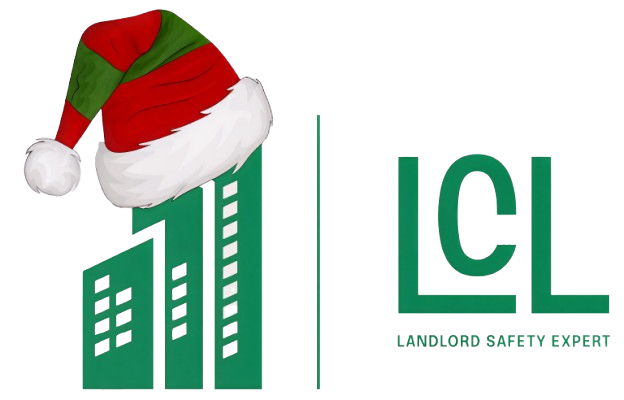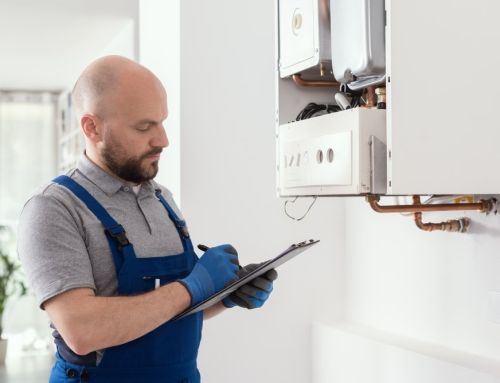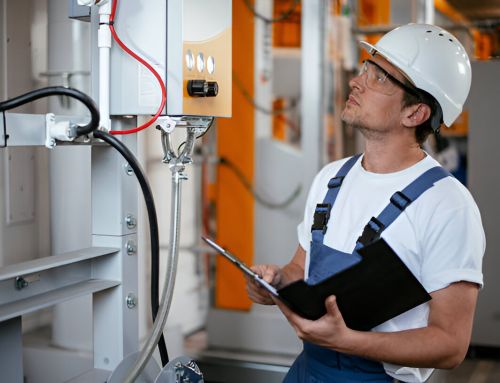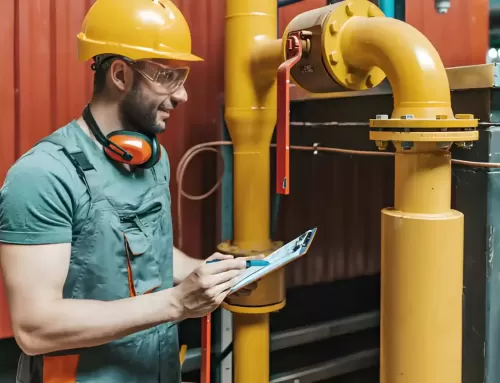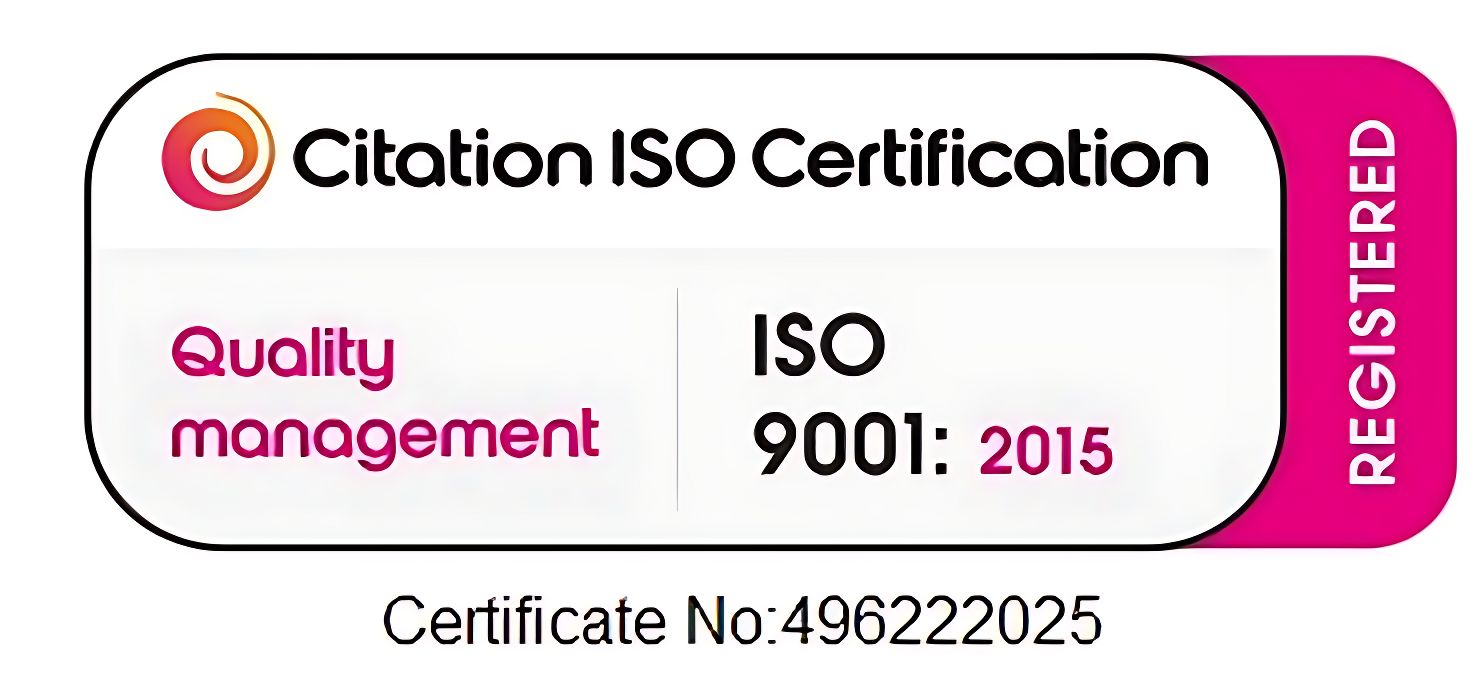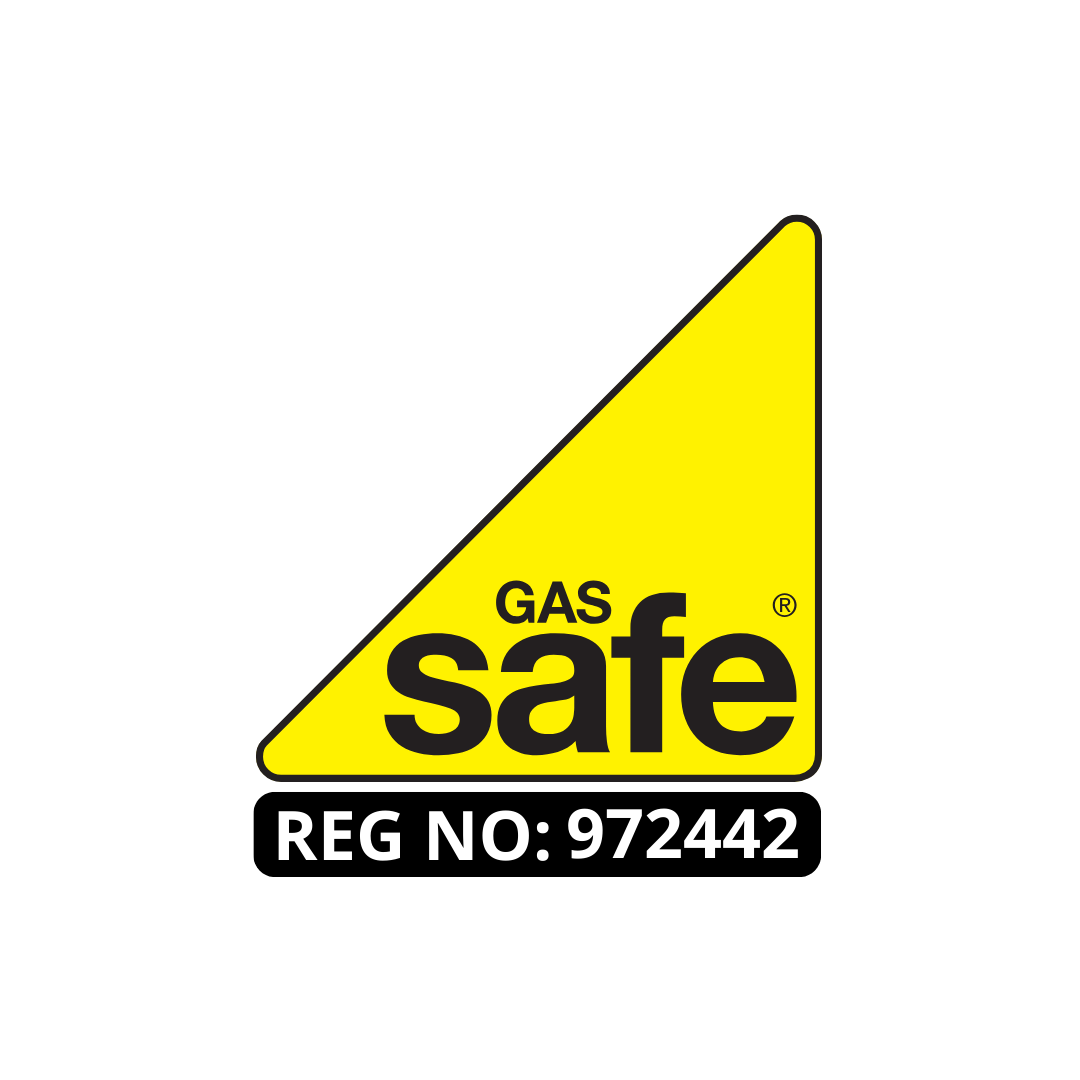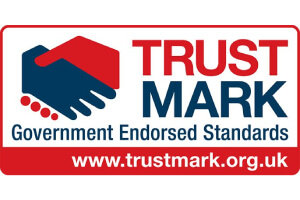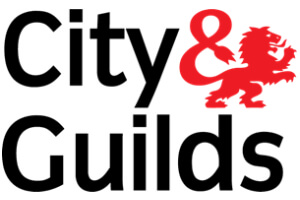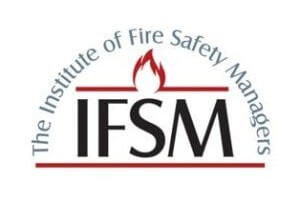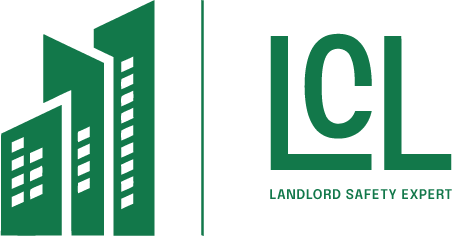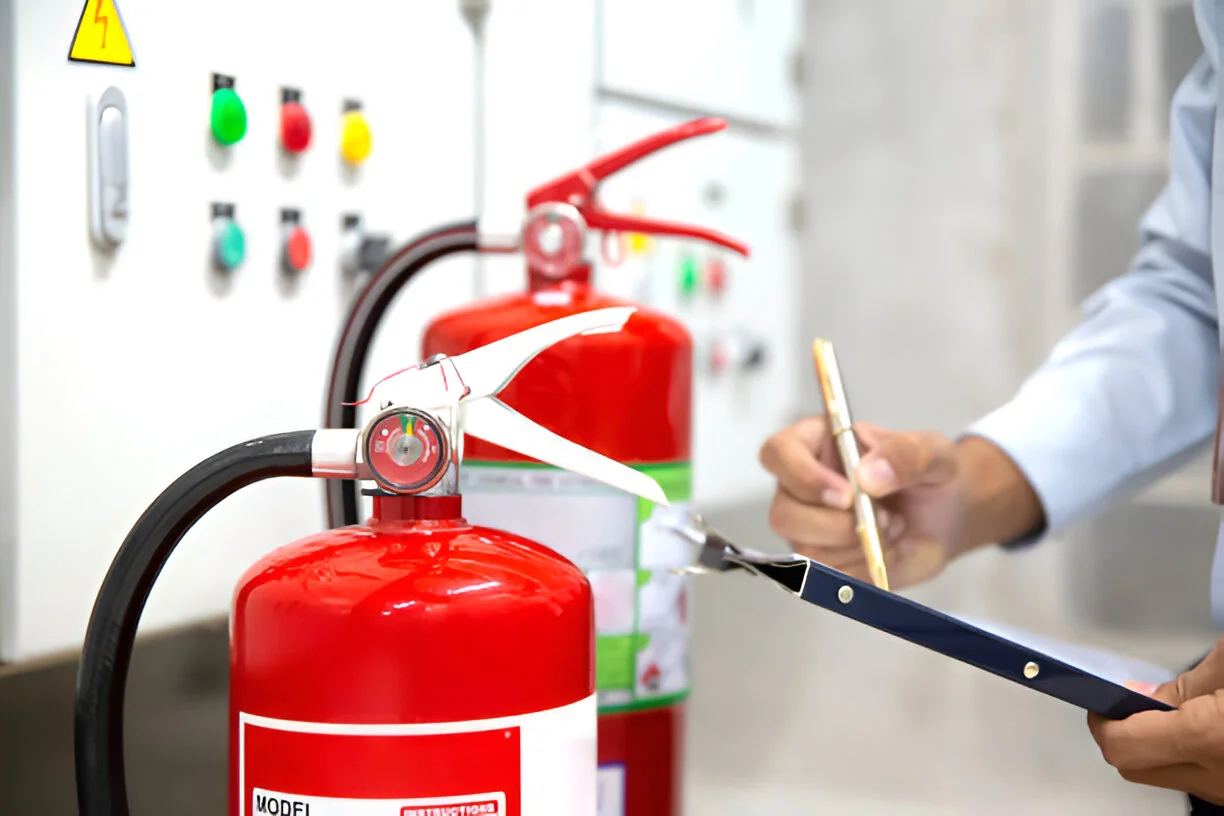
Fire safety is a top priority for both landlords and flat residents. Getting a Fire Safety Certificate for flats is essential, as it confirms that safety regulations are being met and that all necessary fire safety measures are in place. However, understanding the complexities of obtaining this certificate can be tricky. What are landlords’ responsibilities? How frequently should inspections take place? These questions emphasise the importance of staying up-to-date with fire safety protocols.
Table of Contents
Main Points
- A Fire Safety Certificate verifies compliance with fire regulations and is essential for landlords to ensure tenant safety and legal adherence.
- Landlords are responsible for obtaining and renewing Fire Safety Certificates, conducting regular fire risk assessments, and maintaining safety measures.
- The application process includes determining fire risks, implementing safety measures, and submitting documentation to local authorities or fire safety organisations.
- Regular inspections and timely renewals of Fire Safety Certificates are fundamental for finding dangers and ensuring ongoing compliance with safety regulations.
- Community involvement in fire safety fosters awareness, improves communication about safety protocols, and contributes to a safer living environment for all residents.
What Is a Fire Safety Certificate for Flats?
It’s primary to have a fire safety certificate for flats, as it confirms that a building meets fire safety regulations for residential properties. This certificate guarantees that the property meets specific safety standards designed to protect residents from fire threats.
Typically issued by a qualified inspector, it serves as proof that a thorough assessment of the building’s fire safety measures has been conducted. The evaluation includes checks on fire alarms, emergency exits, and the overall fire prevention systems in place.
Additionally, the certificate outlines any necessary improvements or maintenance required to enhance safety. Obtaining this document is essential for landlords and property managers, as it not only fulfils legal obligations but also reassures tenants about their safety.
In many jurisdictions, possessing a valid fire safety certificate for flats is a prerequisite for occupancy, making it a fundamental aspect of responsible property management and tenant security.
Why Flats and Apartments Require a Fire Safety Certificate
Flats and apartments, as densely populated living spaces, present unique fire safety challenges that necessitate the issuance of a fire safety certificate for flats. The proximity of multiple units can lead to rapid fire spread, endangering residents and property alike.
A fire safety certificate for flats guarantees that adequate fire prevention measures are in place, such as smoke alarms, fire exits, and effective evacuation plans. It also verifies that the building complies with relevant fire safety regulations, thereby minimising risks associated with potential emergencies.
Additionally, the certificate serves as a formal acknowledgement of the property’s safety standards, providing peace of mind to residents and landlords. This certification is essential not only for protecting lives but also for safeguarding investments.
In environments where many individuals share common spaces, a fire safety certificate becomes a significant element in promoting safety and preparedness throughout the building.
Who Is Responsible for Obtaining a Fire Safety Certificate in Flats?
Who is tasked with obtaining a fire safety certificate for flats? The responsibility typically lies with the landlord or property owner. This individual is accountable for guaranteeing compliance with fire safety regulations, which often includes securing a fire safety certificate for flats.
In shared buildings, the management company or homeowners’ association may also play a role, particularly in common areas.
Landlords must guarantee that the flat meets fire safety standards, which may require regular assessments and updates to safety measures. Landlords need to stay informed about fire safety legislation and best practices to protect tenants and themselves from responsibility.
Residents, while not responsible for obtaining the certificate, should be aware of fire safety protocols and report any concerns to their landlords.
Effective communication between landlords and residents can enhance overall safety and guarantee that necessary certifications are maintained.
Legal Requirements for Fire Safety Certificates in UK Flats
While fire safety regulations may vary across different regions, the legal requirements for fire safety certificates in UK flats are primarily governed by the Regulatory Reform (Fire Safety) Order 2005.
This legislation mandates that all non-domestic premises, including communal areas of flats, must conduct a fire risk assessment. The assessment recognises fire dangers and evaluates the effectiveness of existing safety measures.
Landlords and property managers are responsible for ensuring compliance with these regulations. Therefore, understanding and adhering to these regulations is necessary for both landlords and residents to maintain a safe living environment within flats.
The Process of Getting a Fire Safety Certificate for Flats
Obtaining a fire safety certificate for flats involves a precise way to guarantee compliance with legal standards and enhance resident safety. The process typically consists of several key steps that landlords and property managers should follow to ascertain that all requirements are met.
- Conduct a Fire Risk Assessment: pinpoint unsecure conditions and evaluate existing safety measures within the flat.
- Implement Safety Measures: Make necessary improvements, such as installing smoke alarms, fire doors, and clear escape routes.
- Prepare Documentation: Gather all relevant information, including inspection reports and evidence of safety measures in place.
- Submit Application: Apply for the fire safety certificate through the local authority or designated fire safety organisation, ensuring all documentation is complete.
Common Fire Safety Checks Carried Out in Flats
After securing a fire safety certificate for flats, regular fire safety checks become essential for ensuring ongoing compliance and protecting residents.
Common checks include inspecting smoke alarms and carbon monoxide detectors, ensuring they are functional and have fresh batteries. Landlords should also examine fire doors to confirm they close properly and are not restricted, as these doors play a significant role in containing fires.
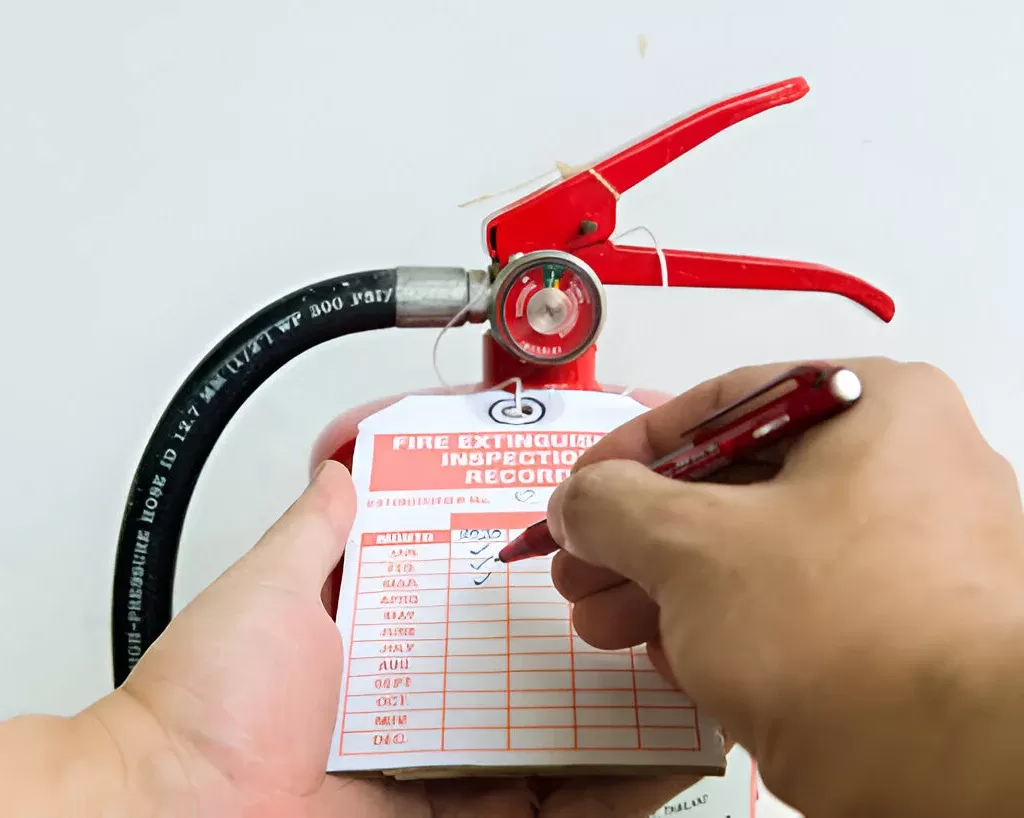
Additionally, checking the accessibility and functionality of fire extinguishers is primary; they should be easily reachable and maintained according to regulations.
Emergency lighting systems must be tested to guarantee they illuminate escape routes during a power outage.
Furthermore, communal areas should be assessed for possible fire risks, such as clutter or faulty wiring.
Finally, residents should be educated on fire evacuation procedures, ensuring everyone is prepared in case of an emergency.
These checks collectively enhance safety and encourage a secure living environment for all occupants.
How Much Does a Fire Safety Certificate for Flats Cost?
The cost of a fire safety certificate for flats can vary considerably based on several factors. The price is influenced by the size of the property, the complexity of the fire safety measures required, and the location of the flat. Additionally, the provider’s fees can also play a significant role.
Here are four key factors that affect the overall cost:
- Size of the Flat: Larger properties may require more thorough assessments, increasing costs.
- Type of Assessment: Basic assessments are typically cheaper than detailed inspections.
- Location: Urban areas may have higher fees due to demand and regulations.
- Service Provider: Different companies offer varying pricing structures, impacting overall expenses.
Landlords and residents should obtain quotes from multiple providers to guarantee they receive a fair price while ensuring compliance with fire safety regulations.
Benefits of Having a Valid Fire Safety Certificate for Flats
A valid fire safety certificate for flats offers numerous advantages that enhance both safety and peace of mind.
To begin with, it guarantees compliance with local regulations, which can prevent legal issues for landlords and residents alike. This compliance reinforces the commitment to safety, showcasing that the property has undergone necessary inspections and meets established fire safety standards.
Moreover, having a valid certificate can greatly increase the property’s marketability. Possible tenants or buyers often prioritise safety, making a certified flat more appealing.
Additionally, it promotes a sense of community trust, knowing that fire risks are being adequately managed.
Lastly, a valid fire safety certificate can lower insurance premiums, as insurers may offer discounts for properties that demonstrate effective fire safety measures.
Collectively, these benefits underscore the importance of maintaining a valid fire safety certificate, ultimately contributing to a safer living environment for everyone involved.
Renewal and Validity of a Fire Safety Certificate for Flats
Maintaining the validity of a fire safety certificate is essential for guaranteeing ongoing compliance with safety regulations.
Landlords and residents must understand the renewal process to avoid dangers and legal issues. A fire safety certificate typically has a limited validity period, often ranging from one to five years, depending on local laws.
To guarantee timely renewal, the following steps should be taken:
- Monitor Expiration Dates: Keep track of when the certificate is set to expire.
- Conduct Regular Inspections: Schedule periodic assessments to identify any necessary improvements or repairs.
- Submit Renewal Applications: Prepare and submit the required documentation to the relevant authorities ahead of the expiration date.
- Stay Informed: Keep abreast of any changes in fire safety regulations that may affect certificate requirements.
Expert Tips for Maintaining Compliance with Your Fire Safety Certificate for Flats
Guaranteeing compliance with a fire safety certificate for flats requires a proactive approach, as neglecting safety measures can lead to serious consequences.
To maintain compliance, landlords and residents should conduct regular fire risk assessments, determine fire risks and address them promptly. It is essential to keep all fire safety equipment, such as alarms and extinguishers, in working order and subject to routine inspections.
Additionally, maintaining clear escape routes and guaranteeing that communal areas remain free of restriction are significant for safety. Educating tenants about fire safety protocols, including evacuation procedures and the importance of not tampering with safety equipment, encourages safety within the building.
Finally, staying up to date with local fire safety regulations and updates ensures that landlords and residents are aware of their responsibilities and can adjust to any changes, reinforcing their commitment to fire safety compliance.
Frequently Asked Questions
Can Tenants Request a Copy of the Fire Safety Certificate?
Tenants can indeed request a copy of the fire safety certificate from their landlords. This document guarantees compliance with safety regulations and provides important information regarding fire prevention measures within the residential property they occupy.
What Penalties Exist for Not Having a Fire Safety Certificate?
Failure to obtain a fire safety certificate can result in significant penalties, including fines, legal action, and potential imprisonment for landlords. Additionally, non-compliance may jeopardise tenant safety and lead to increased insurance costs.
Are There Specific Fire Safety Regulations for Different Flat Types?
Specific fire safety regulations vary based on flat types, including considerations for building height, occupancy, and construction materials. Compliance guarantees safety. It may involve different requirements for high-rise versus low-rise residential structures.
How Often Should Fire Safety Equipment Be Inspected in Flats?
Fire safety equipment in flats should be inspected at least annually. Regular checks guarantee functionality and compliance with safety regulations, ultimately protecting residents and property from unsafe situations and guaranteeing a safe living environment.
Can Landlords Be Held Liable for Fire Safety Violations?
Landlords can indeed be held liable for fire safety violations if they fail to maintain equipment or comply with regulations. Such negligence may lead to legal consequences, including fines or increased liability in the event of an incident.
Conclusion
In summary, obtaining a Fire Safety Certificate for flats is an essential responsibility for landlords and a significant aspect of tenant safety. By ensuring compliance with legal requirements and conducting regular inspections, landlords can create a secure living environment while increasing community trust. The benefits of having a valid certificate extend beyond legal obligations, enhancing overall safety and peace of mind for all residents. Commitment to fire safety is imperative in promoting a harmonious and secure community.
About the Author: LandlordCertificate
Related Posts
Get Social
Recent Posts
- UK Gas Safety Regulations for Landlords & Tenants: Introduction to Gas Safety Certificates
- Check If Your Gas Engineer is Registered: London Gas Safety Certificate London
- Fire Risk Assessment London Complete Guide to Compliance and Legal Responsibilities
- The Role of EICR London in Maintaining Safe Properties
- Fire Safety Report as a Smarter Way to Prove Compliance
